Search Images
Browse Content (p. 763)
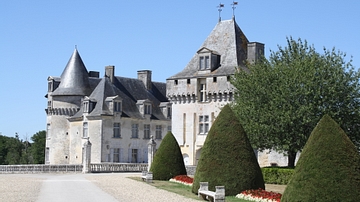
Image
Chateau de la Roche Courbon
The Chateau de la Roche Courbon, Charente-Maritime, France. Built in the 15th century CE, the chateau was extensively modified in the 17th century CE.
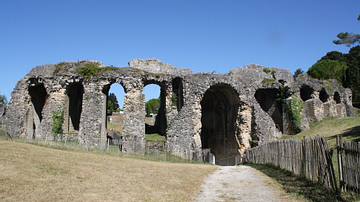
Image
Amphitheatre Exterior, Mediolanum Santonum
The exterior of the Roman amphitheatre of Mediolanum Santonum (Saintes, Charente-Maritime), France. The arena could hold 15,000 spectators and was built 40-50 CE.
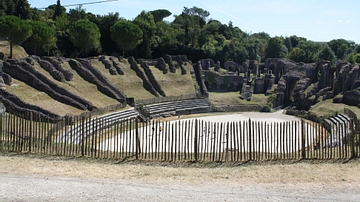
Image
Roman Amphitheatre, Mediolanum Santonum
The Roman amphitheatre of Mediolanum Santonum (Saintes, Charente-Maritime), France. The arena could hold 15,000 spectators and was built 40-50 CE.
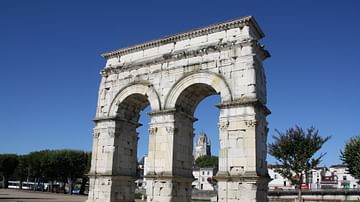
Image
Triumphal Arch, Mediolanum Santonum
The Roman triumphal arch of Mediolanum Santonum (Saintes, Charente-Maritime), France. Known as the 'Arch of Germanicus', the arch was erected in the second decade of the 1st century CE and relocated to its present position in 1843 CE.
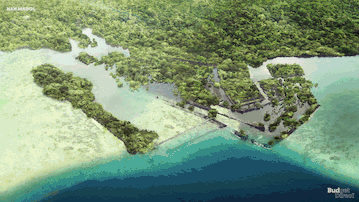
Image
Nan Madol, Reconstructed
A digital reconstruction of Nan Madol, a fortified city ruled by the Saudeleur dynasty until 1628 CE. Located on the island of Pohnpei, Micronesia.

Image
Fortifications at Portobelo-San Lorenzo, Reconstructed
A digital reconstruction of the fortifications at Portobelo-San Lorenzo, originally built in 1597 CE. This fort was one of many built by the Spanish Empire on Panama's Caribbean coast to protect the trans-Atlantic trade of silver from the...

Image
Old City of Jerusalem, Reconstructed
A modern reconstruction of the Old City of Jerusalem, as it would have appeared in the late 1st Century BCE. Located in Israel.

Image
Cassius Dio's Roman History
Ton Dionos tou Kassiou Romaikon historion biblia pente kai eikosi = Dionis Cassii Romanarum historiarum libri XXV
Published: Excudebat Henricus Stephanus, 1592 CE
John Adams Library at the Boston Public Library
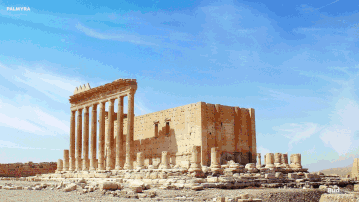
Image
Temple of Bel, Reconstructed
A modern restoration of the Temple of Bel (also known as the Temple of Baal) in Palmyra. The temple was constructed in 32 CE, and was one of the most well-preserved temples in Syria until it was partially destroyed by ISIS in 2015 CE.
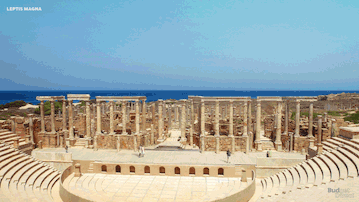
Image
Theatre in Leptis Magna, Reconstructed
This modern reconstruction digitally restores a Roman theatre in Leptis Magna. Located in Khoms, Libya.